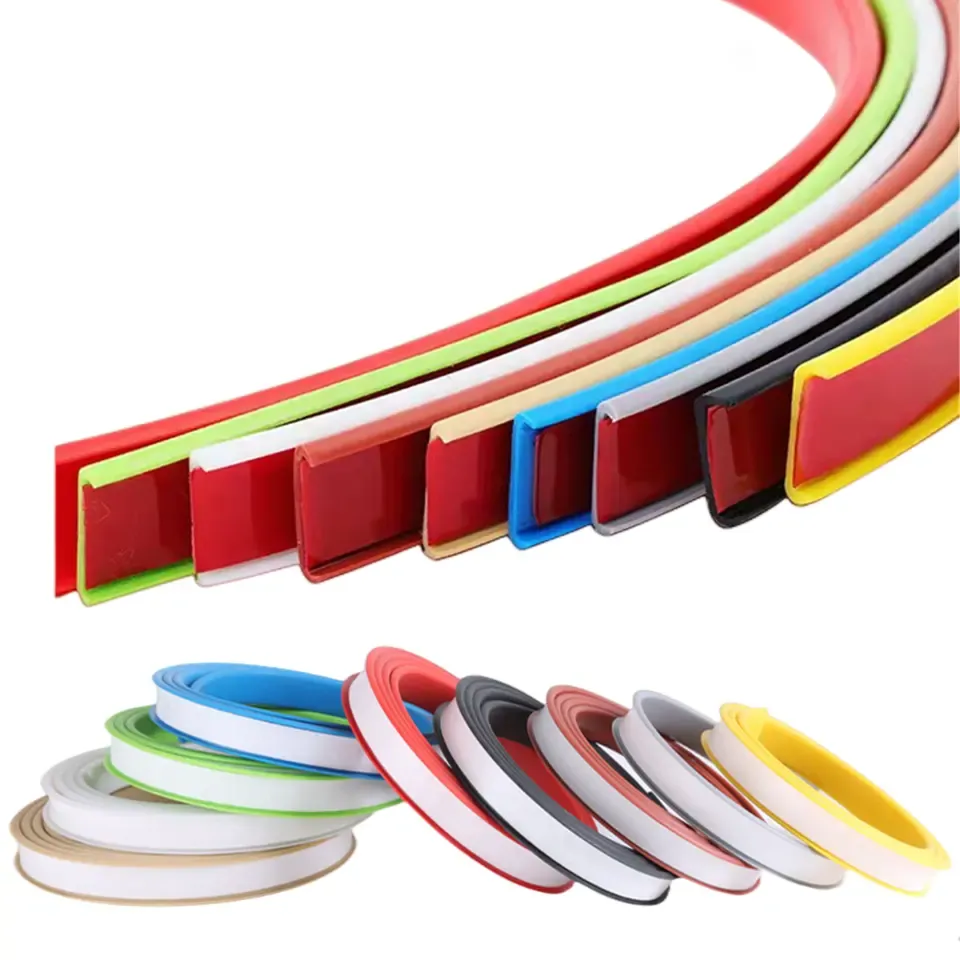door bottom and sweep
Understanding Door Bottoms and Sweeps Importance and Installation
When it comes to ensuring a well-insulated and energy-efficient home, the often-overlooked components of door bottoms and sweeps play a significant role. These elements contribute to controlling drafts, dust, light, and pests that can enter a home through gaps at the bottom of doors. In this article, we will explore the importance of door bottoms and sweeps, the various types available, and the steps for proper installation.
The Importance of Door Bottoms and Sweeps
Door bottoms and sweeps are essential in maintaining a comfortable indoor environment. Here are several reasons they are vital for every home
1. Energy Efficiency A well-fitted door bottom or sweep acts as a barrier against outside air, reducing the need for heating and cooling systems to work harder. This can lead to significant energy savings and lower utility bills.
2. Pest Control Insects and rodents often find their way into homes through small openings. A properly installed door sweep can help keep these unwanted visitors out, contributing to a cleaner and healthier living space.
3. Dust and Allergens Gaps at the bottom of doors can allow dust, dirt, and other allergens to enter your home. Door sweeps help minimize these intrusions, benefiting those with allergies or sensitivities.
4. Noise Reduction If you live in a busy area, an effective door sweep can help minimize noise from outside, creating a quieter and more peaceful home environment.
5. Aesthetic Appeal Door bottoms and sweeps can enhance the overall look of a door. They come in various styles and finishes, allowing homeowners to choose options that complement their home’s decor.
Types of Door Bottoms and Sweeps
Understanding the different types of door bottoms and sweeps available can help you choose the best option for your home
1. Door Sweeps These are typically attached to the bottom of the door and come in several materials such as vinyl, rubber, or brush. They are intended to make direct contact with the floor, providing a seal to block drafts and pests.
door bottom and sweep

2. Adjustable Door Bottoms These are versatile options that allow for installation on doors of varying heights. They often come with a spring-loaded mechanism or are made of flexible materials that can conform to different floor surfaces.
3. Fixed Door Bottoms For a more permanent solution, fixed door bottoms can be installed. They are often made from metal or wood and require precise measurements for effective sealing.
4. Thresholds A threshold is a raised strip that can be installed beneath a door. It can help create a seal while also providing a transition between different flooring types.
Installation Process
Installing a door bottom or sweep is a manageable task that requires a few tools and some careful measuring. Here is a basic guide
1. Gather Tools You’ll need a measuring tape, a utility knife, screws (if needed), a screwdriver, and a level for precision.
2. Measure the Door Begin by measuring the width of the door and the gap between the bottom of the door and the floor. This will help you select the appropriate length of the door sweep or bottom.
3. Cut to Size If your door sweep or bottom is longer than necessary, use a utility knife to cut it to the desired length.
4. Attach the Sweep or Bottom If using a door sweep, line it up with the edge of the door and press it into place. For those requiring screws, pre-drill holes for the screws and then attach the sweep or bottom securely.
5. Test for Drafts After installation, close the door and check for any gaps or drafts. Adjust as necessary to ensure a snug fit.
Conclusion
In conclusion, door bottoms and sweeps are essential components that contribute to maintaining a comfortable, energy-efficient, and pest-free home. By understanding the different types available and following a straightforward installation process, homeowners can enhance their living spaces significantly. Investing in these simple yet effective solutions is a small step that can lead to greater comfort and savings in the long run. Always consider these elements during new home construction or renovations, ensuring that your doors perform optimally for years to come.
-
Under Door Draught Stopper: Essential ProtectionNewsJul.31,2025
-
Garage Door Seal and Weatherstrips for ProtectionNewsJul.31,2025
-
Edge Banding Tape for Perfect EdgesNewsJul.31,2025
-
Table Corner Guards and Wall Corner ProtectorsNewsJul.31,2025
-
Stair Nose Edging Trim and Tile Stair SolutionsNewsJul.31,2025
-
Truck Bed Rubber Mats for Pickup BedsNewsJul.31,2025
-
Window Weather Stripping for Noise ReductionNewsJul.29,2025